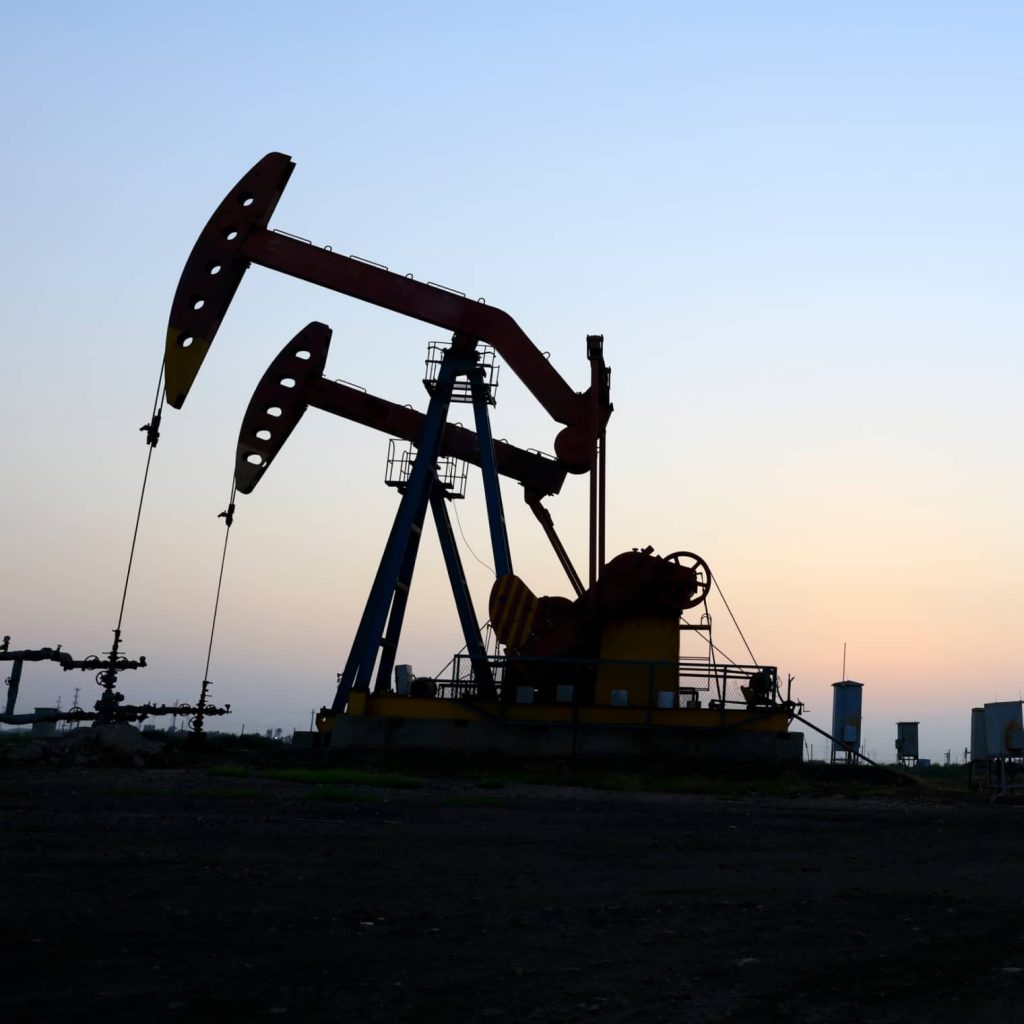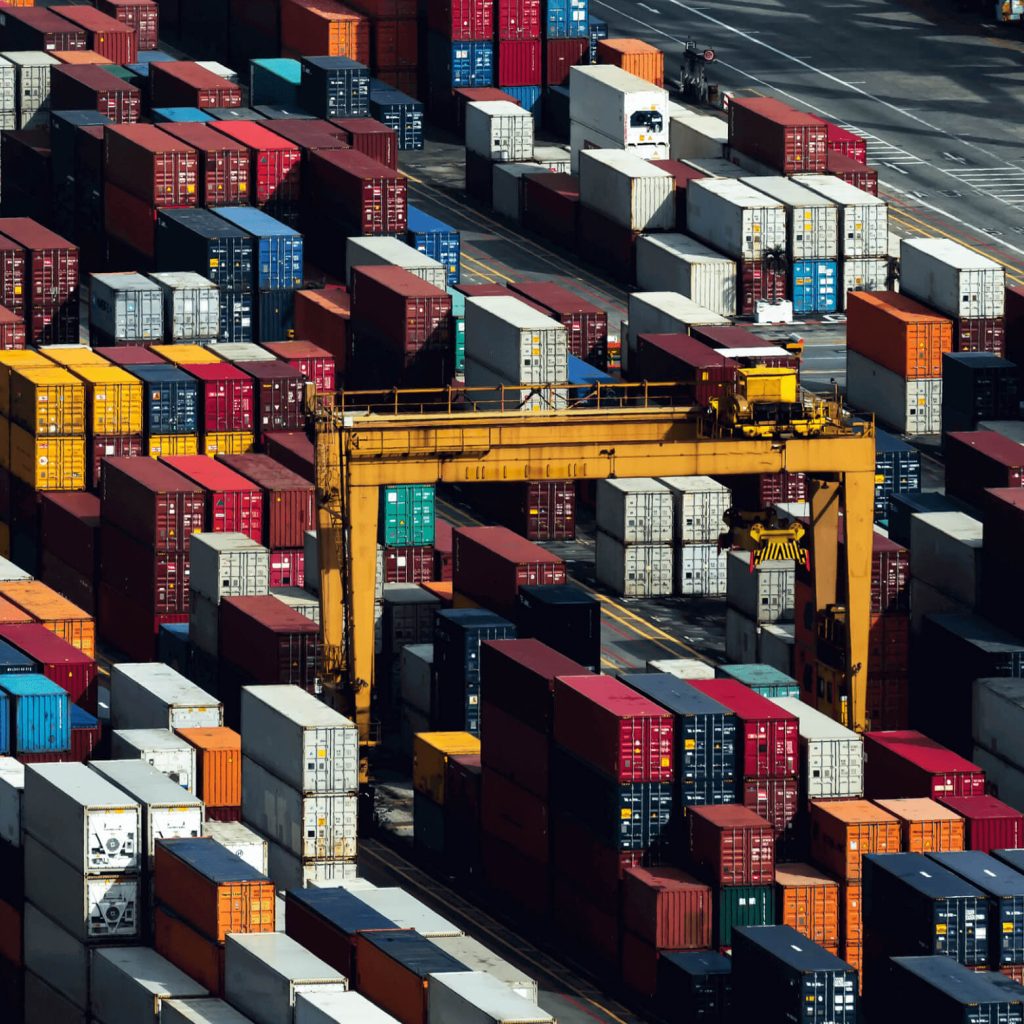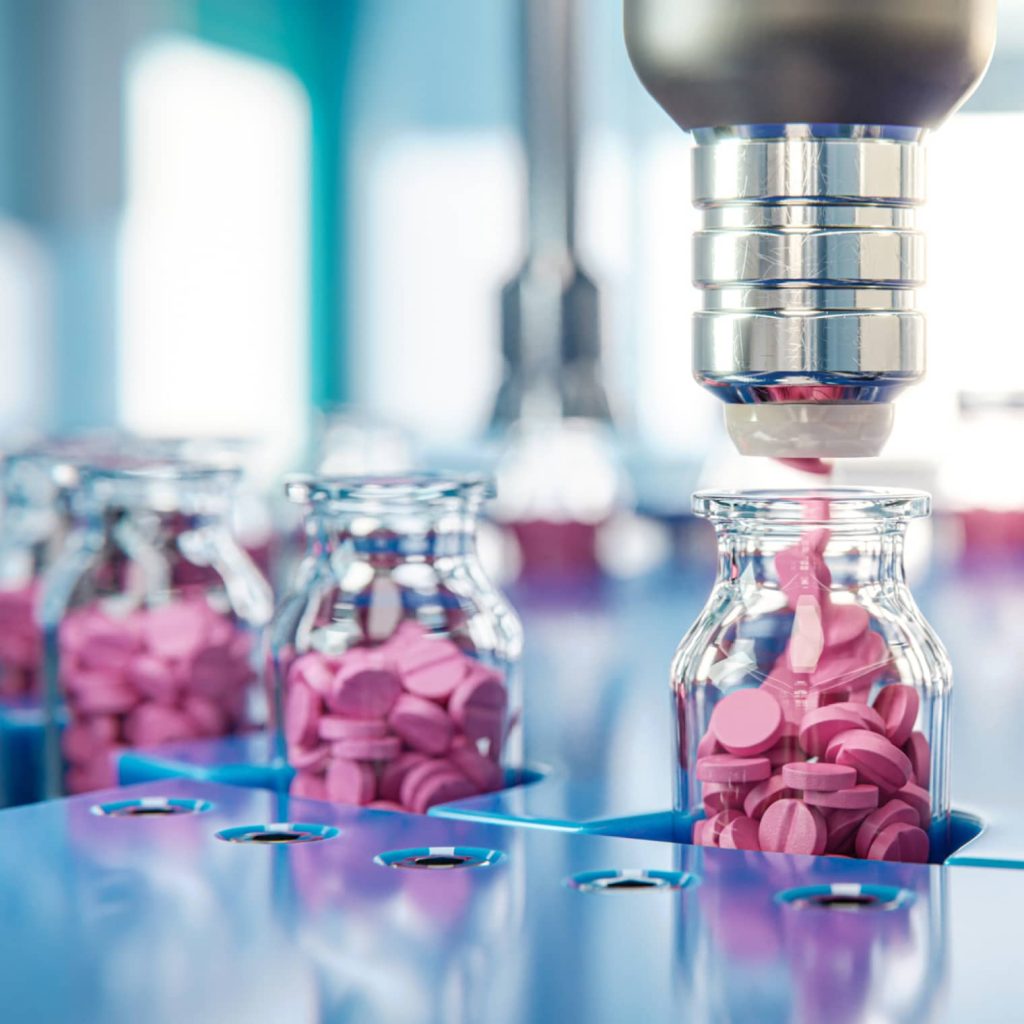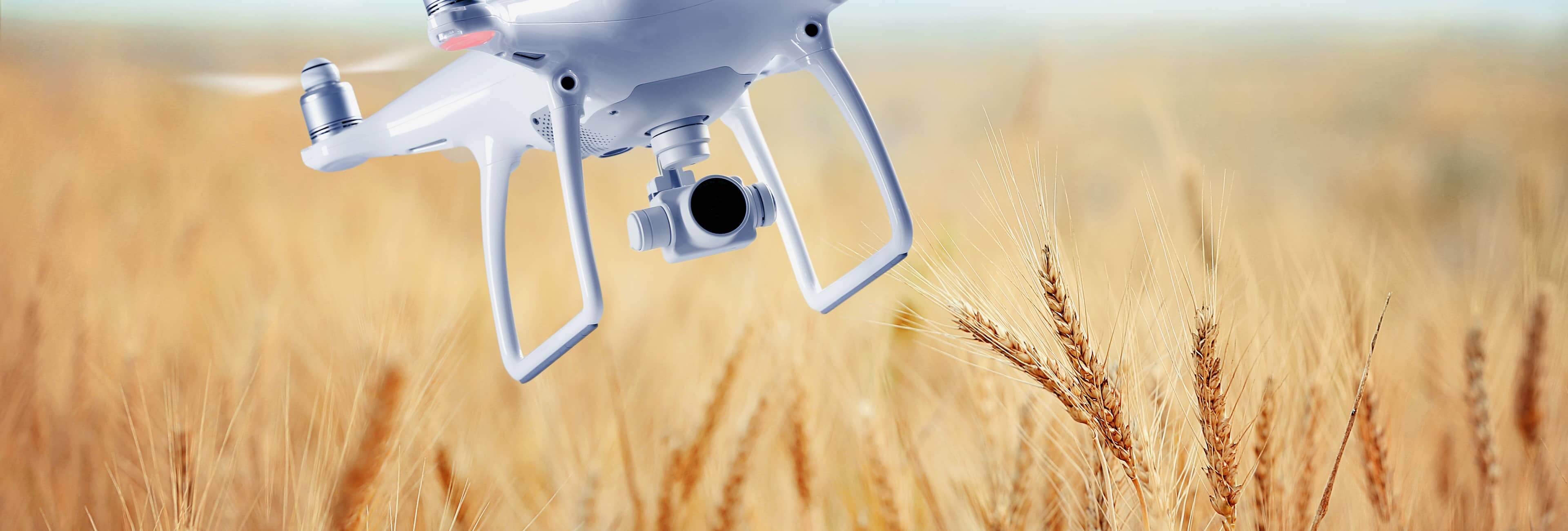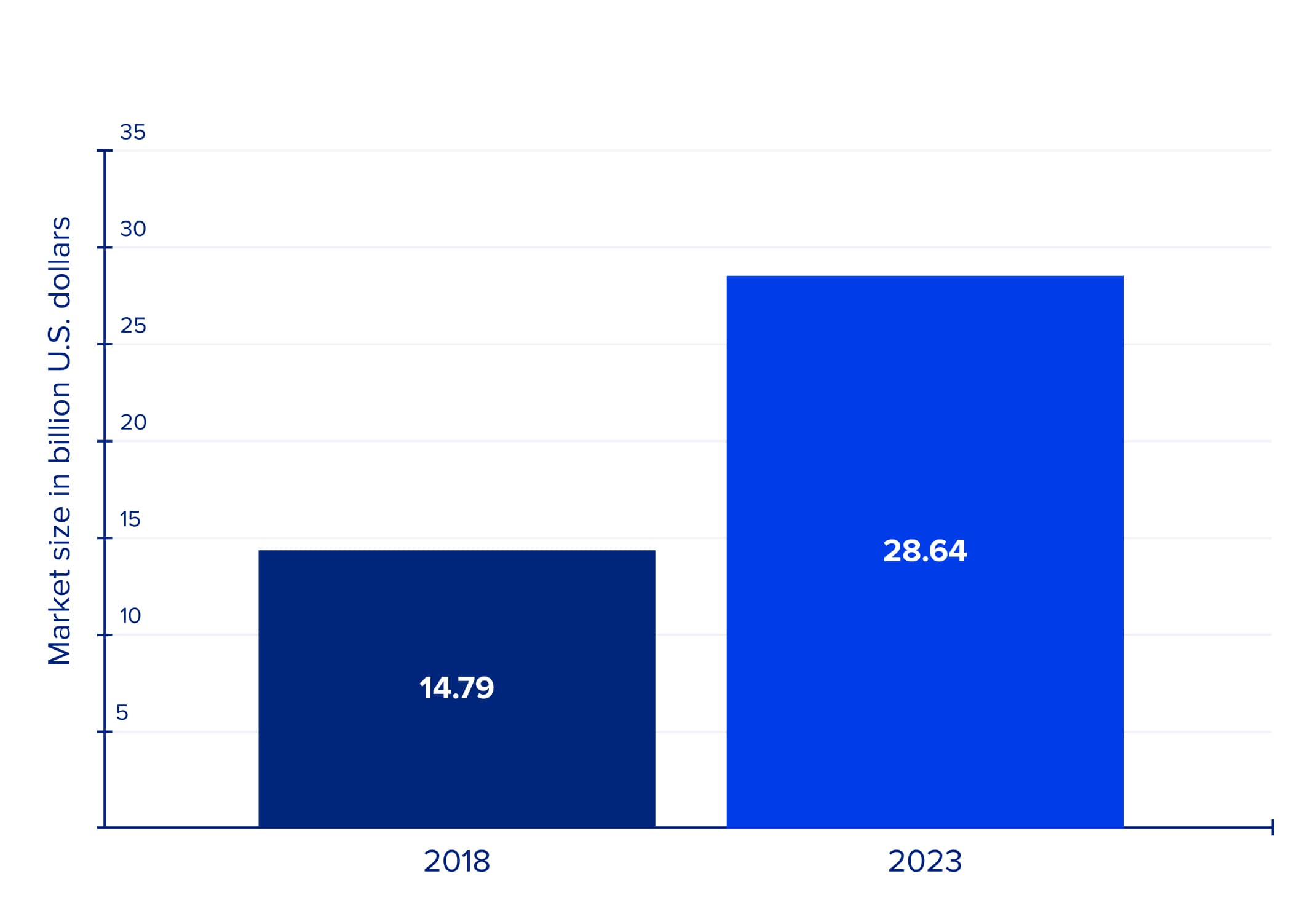Connectivity has transformed almost every facet of life in recent years — from education, to automotive and logistics, to healthcare and more. So, what does a connected farm look like? What are the potential benefits of connectivity in farming and what kinds of technologies will it bring to the agricultural landscape? Read on to find out.
Compared with other industries, the farming sector has embraced relatively few technological innovations since the digital era began. However, climate change concerns and social pressure to switch to more sustainable farming practices have accelerated the need for agriculture to embrace digital transformation.
Couple these factors with unrelenting global population growth and the need to boost food production becomes even more pressing. According to the UN, the world’s population will increase by 2 billion over the next 30 years, reaching 9.7 billion by 2050. Producers can leverage farming solutions powered by the Internet of Things (IoT) to meet that increasing demand.
Industrial Internet of Things (IIoT) technologies are taking on an increasingly vital role in improving the quality and quantity of agricultural production. Connected devices — robotics, drones, and on-ground sensors, among others — can help farmers obtain essential data to make informed decisions, yielding multiple business advantages. Here are just a few of the common benefits of IoT application for the farmer in the field:
- Data collection and calibration. Smart devices collect information and transfer it to a platform, which can then structure it for use. This means that farmers gain a database of valuable insights into crop conditions, water requirements, equipment efficiency and so on.
- Cost and waste reduction. Smart devices embedded with AI help farmers track any anomalies in their crops or the condition of their animals, as well as helping them optimise the use of resources like water, land and energy; thus minimising expenditure and waste.
- Increased efficiency. IoT solutions offer the ability to automate specific processes such as fertilisation and robot harvesting, etc. They also enable real-time monitoring which can mitigate potential issues.
- Enhanced quality. Smart devices help farmers monitor the conditions of the connected farm and the quality of their crops, allowing them to anticipate and avoid challenges and risks and, thus, maintaining a high-quality yield.
A connected farm: top cases for IoT implementation in agribusiness
According to research by McKinsey & Company, well-implemented connectivity within the agricultural sector could add around $500 billion to the global GDP by 2030. But choosing the right technologies to invest in is key. Here’s our rundown of the smartest, most pivotal use cases for connected tech in the field:
1. Drones for farming
Drones have become one of the most widely adopted IoT devices within agriculture. In fact, according to a report by MarketsandMarkets, the agricultural drone market is projected to leap from $1.2 billion in 2020 to $5.7 billion by 2025.
Embedded with thermal and multispectral sensors, drones can survey crops and transfer real-time data about yield conditions to various connected devices. Using digital mapping, farmers can easily detect problem patches and then work to eliminate the issues affecting them. Apart from their surveillance capabilities, drones can apply pesticides, plant seeds over a specified area, monitor crops and perform various other functions that previously required human labour. What’s more, farmers can program drones to take into account areas which require extra attention, thereby optimising costs.
With the introduction of agricultural drones, the time spent on field spraying could be reduced by 40%-60% compared with manual spraying. Additionally, drones can help farmers save 30%-50% on the cost of chemicals. So, it’s clear to see that drone technology has huge positive implications for optimising resources and efficiencies in farming.
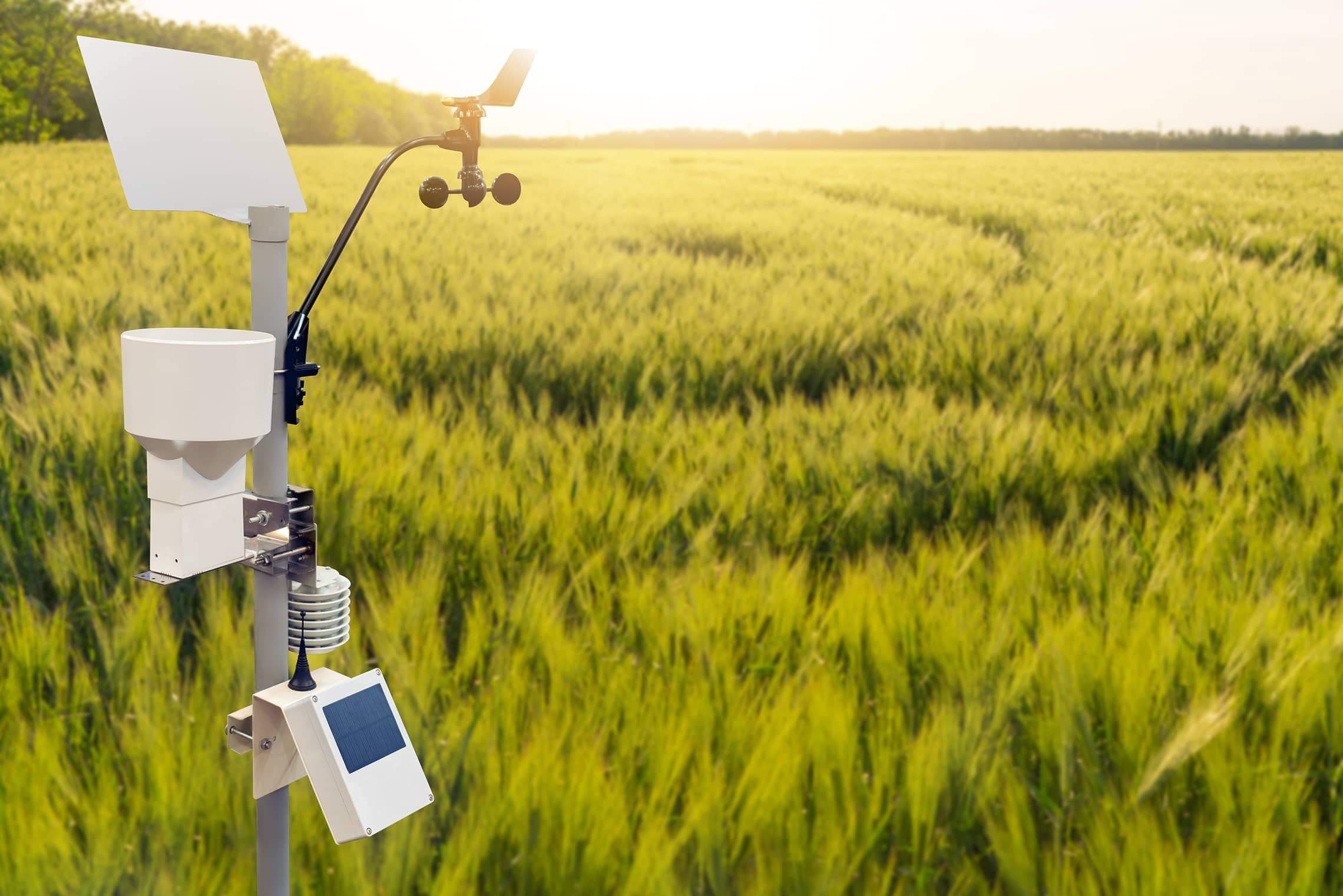
2. IoT sensors for crop observation
Connectivity streamlines the crop observation and management process, allowing round-the-clock monitoring through connected devices installed throughout a field — without physical human presence.
Smart sensors can provide up-to-the-minute data on weather conditions, soil humidity, light levels across different planting areas and various other parameters that help farmers choose the best time to plant and harvest their crops. In fact, according to research by the University of Lethbridge, precision agriculture technologies have the potential to increase crop yields by up to 20%.
Collated data enables farmers to spot crop damage, monitor progress, identify pests and forecast production from a specific area. Moreover, since sensors provide real-time data, as soon as any deviations from the norm are detected, farmers can take preventive measures to minimise their losses.
3. Connected devices to monitor livestock
In the same way connectivity enables farmers to monitor crop production, IoT sensors and wearables attached to livestock can keep tabs on animals’ state of health and physical location. Being able to instantly locate an animal eliminates the need for employees to physically check on them, hence reducing overall labour spend. Also, equipped with connected sensors, the ventilation and heating systems in barns can be automatically adjusted remotely, thereby improving the living conditions of livestock with minimal human effort.
Then there are devices which can measure animals’ temperature, heart rate, blood pressure and other health indicators, which helps farmers identify diseases during the early stages, when they’re far easier and less expensive to treat. This also means that an infected animal can be quickly identified and isolated, preventing illnesses from spreading throughout a herd.
Birthing is another example. When an animal goes into labour, sensors can send a notification to the farmer allowing them to provide the attention needed to facilitate a smooth delivery.
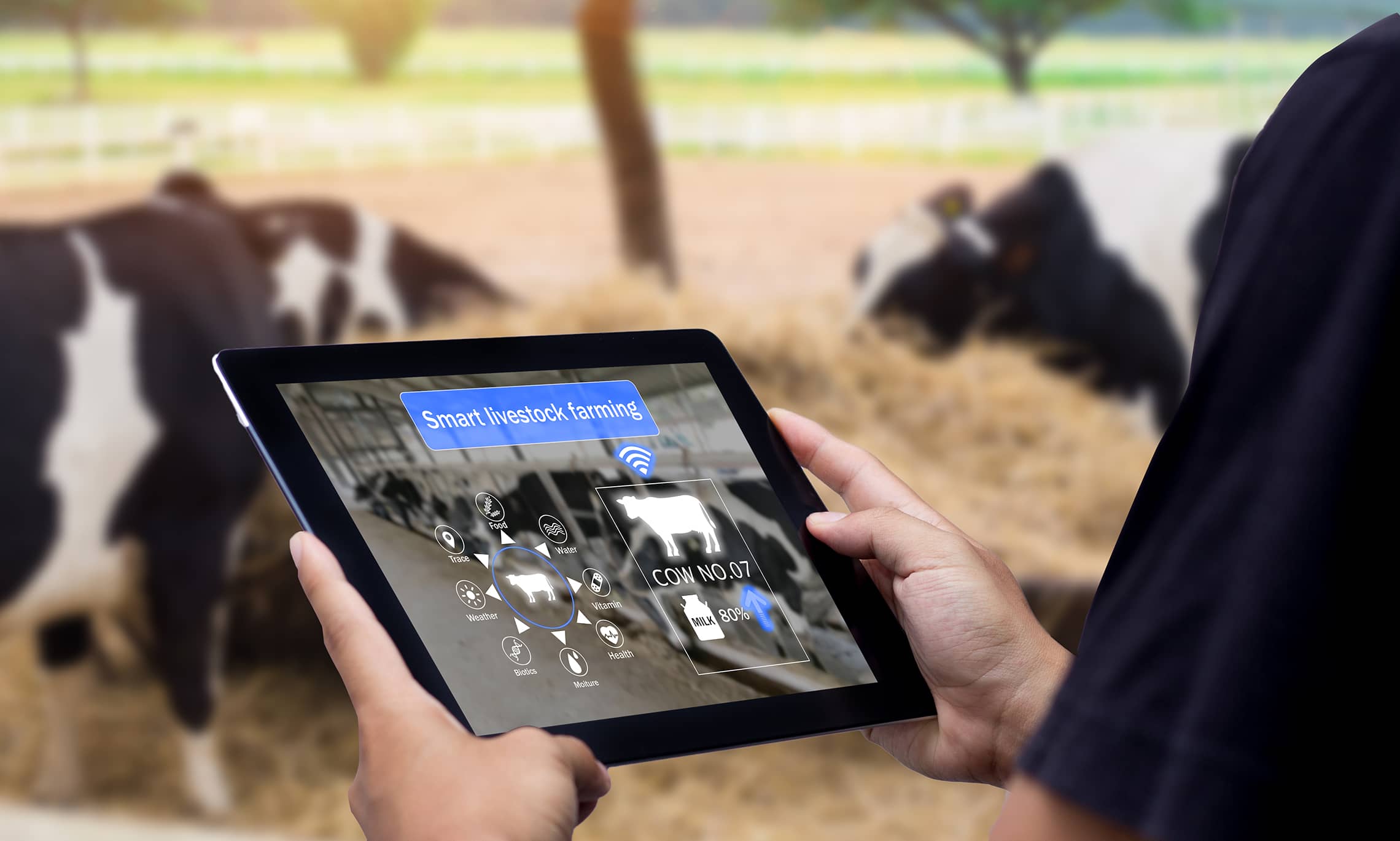
Conclusion
The argument for a connected farm extends beyond these use cases. IoT solutions can be implemented throughout end-to-end farming operations yielding a plethora of benefits. Autonomous farm machines powered by GPS controls, computer vision and IoT devices can take over certain tasks without any human intervention. IoT devices with specific added sensors can monitor the condition of farm equipment, alerting farmers to any repairs needed and thereby prolonging machinery life.
Connectivity is predicted to revolutionise traditional agriculture in myriad ways. However, for the farming sector to really evolve, there are still some challenges to overcome:
- Poor infrastructure. Despite connectivity’s vast benefits for agribusiness, many farms are located in remote areas with limited Internet access. Poor connection doesn’t allow for 24/7 data access and this prevents the connected farm from reaching their full potential. However, IoT edge computing can offer a solution, since it enables data handling from any sensor or IoT device and can be installed virtually anywhere.
- Equipment costs. The sheer expense of ensuring connectivity may present an obstacle for many farmers. For instance, a single sensor is a low-priced component of a connected infrastructure; but multiple devices are required to connect an entire field. This can add up to several thousand dollars. So, despite the potential profits, initial investment costs mean many farmers are reluctant to adopt the technology.
In spite of these challenges, IoT integration has the potential to shift the agricultural sector towards a more efficient and, crucially, more sustainable future.
Are you ready to revolutionise your farming practice with connected solutions? Contact us today, to see how we can help you get there.
Related Insights



